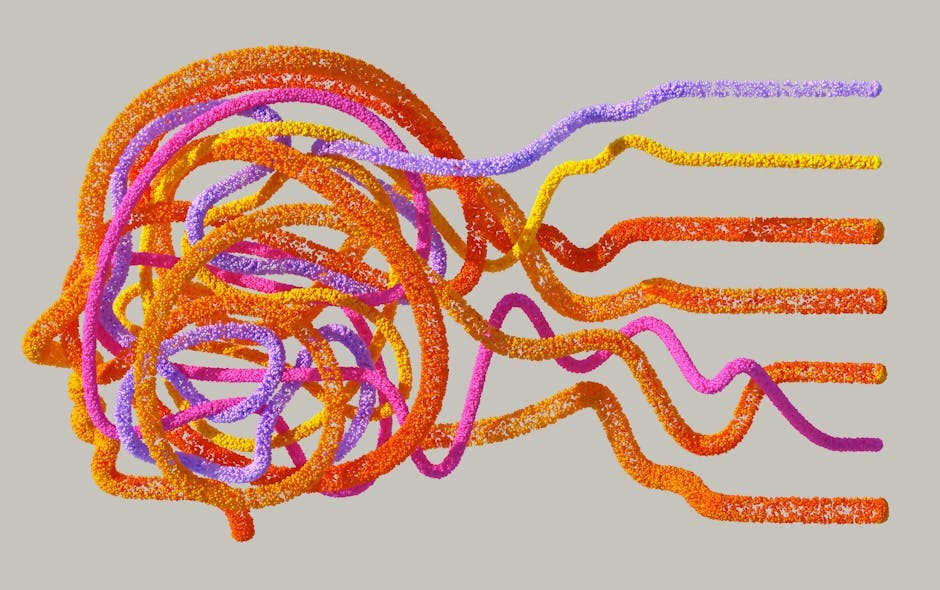and
- practice exams
online for free download now available.
Definition and Importance of Biology
Biology is a natural science that studies living organisms and their interactions with the environment, covering topics such as cells, genetics, and evolution. The importance of biology lies in its ability to explain the intricacies of life and provide solutions to various environmental and health issues. Through the study of biology, we can gain a deeper understanding of the world around us and develop new technologies and treatments. Biology notes pdf resources provide students with a comprehensive overview of the subject, including key concepts, theories, and applications. These resources are essential for students pursuing careers in fields such as medicine, conservation, and research. By studying biology, we can appreciate the complexity and diversity of life on Earth and work towards creating a better future for all living organisms. Biology notes pdf materials are available online, making it easier for students to access and learn from them.

Cell Structure and Function
Cell biology notes pdf explains cell membrane and organelles functions in detail online for students to learn and understand easily every day now available.
Cell Membrane and Transport
The cell membrane is a thin layer of lipid and protein molecules that surrounds the cell and regulates the movement of materials in and out. This process is known as transport, and it is essential for the cell to maintain homeostasis and carry out its functions. There are two main types of transport: passive transport, which does not require energy, and active transport, which requires energy. The cell membrane is semi-permeable, allowing certain molecules to pass through while keeping others out. The transport of materials across the cell membrane is crucial for the cell’s survival and is controlled by various mechanisms, including diffusion, osmosis, and active transport. These mechanisms are discussed in detail in biology notes pdf, providing students with a comprehensive understanding of cell membrane and transport, including
- types of transport
and
- cell membrane structure
.
Genetics and Evolution
Genetics and evolution notes in biology notes pdf cover topics like heredity and natural selection processes explained.
Mendel’s Laws and DNA Structure
Mendel’s laws of inheritance are fundamental principles in genetics, describing how genes are passed from one generation to the next. The laws include the law of segregation, law of independent assortment, and law of dominance. These laws were formulated by Gregor Mendel, an Austrian monk, based on his experiments with pea plants. The structure of DNA, discovered by James Watson and Francis Crick, is a double helix consisting of two complementary strands of nucleotides. The sequence of nucleotides determines the genetic information encoded in the DNA molecule. Understanding Mendel’s laws and DNA structure is crucial for studying genetics and heredity, and is a key component of biology notes pdf. Students can find detailed explanations and diagrams of Mendel’s laws and DNA structure in their biology notes pdf, which can be downloaded from the internet or obtained from their instructors. This information is essential for understanding the basics of genetics and molecular biology.
Ecology and Ecosystems
Ecology and ecosystems notes cover topics like conservation and biodiversity in biology notes pdf documents online for students to download and study easily always.
Food Chains and Food Webs
Food chains and food webs are essential concepts in biology, explaining how organisms interact and depend on each other for survival. A food chain is a linear sequence of organisms, where each species is a predator or prey, while a food web is a complex network of food chains. In a food web, each species can have multiple predators and prey, demonstrating the interconnectedness of ecosystems. The internet provides a wealth of information on this topic, including diagrams and examples of different food chains and webs. Students can access online resources, such as biology notes pdf, to learn more about these concepts and how they apply to real-world ecosystems. Additionally, online tutorials and videos can help students visualize and understand the complex relationships between organisms in food chains and webs. This knowledge is crucial for understanding ecology and conservation biology.

Plant Biology and Photosynthesis
Plant biology and photosynthesis notes are available in pdf format with detailed explanations and diagrams for easy understanding online now.
Plant Structure and Function
Plant structure and function is a crucial aspect of biology, and understanding it is essential for students.
The plant cell is the basic unit of life in plants, and it consists of various organelles such as the nucleus, mitochondria, and chloroplasts.
The cell wall provides support and protection to the cell, while the vacuole stores water, nutrients, and waste products.
Plants also have specialized tissues such as the xylem and phloem, which are responsible for transporting water, nutrients, and sugars throughout the plant.
The root system anchors the plant in the soil, while the shoot system consists of the stem, leaves, and flowers.
Students can find detailed information on plant structure and function in biology notes pdf, which includes diagrams, illustrations, and explanations of the different plant parts and their functions.
The notes also cover the different types of plant cells, tissues, and organs, and how they work together to enable the plant to grow, develop, and reproduce.
By studying plant structure and function, students can gain a deeper understanding of the biology of plants and how they interact with their environment.
This knowledge is essential for careers in botany, horticulture, and environmental science.
Biology notes pdf provides a comprehensive overview of plant structure and function, making it an invaluable resource for students.
The notes are available online and can be downloaded for free, making it easily accessible to students everywhere.
With the help of biology notes pdf, students can achieve a better understanding of plant biology and excel in their studies.

Animal Biology and Physiology
Animal biology and physiology notes cover topics like respiratory systems and circulatory systems in various organisms and species online.
Nervous System and Sensory Organs
The nervous system and sensory organs are complex biological systems that enable organisms to perceive and respond to their environment. The nervous system consists of the central nervous system, which includes the brain and spinal cord, and the peripheral nervous system, which includes nerves and ganglia. Sensory organs, such as the eyes, ears, and skin, detect stimuli and transmit signals to the nervous system, which interprets and responds to the information. The biology notes pdf provides detailed information on the structure and function of the nervous system and sensory organs, including the types of sensory receptors, the pathway of nerve impulses, and the role of the brain in processing sensory information. The notes also cover the different types of sensory organs, including photoreceptors, mechanoreceptors, and chemoreceptors, and their importance in maintaining homeostasis and facilitating behavior. Additionally, the notes discuss the clinical significance of nervous system and sensory organ disorders.

Microbiology and Immunology
Microbiology and immunology notes cover various topics including microorganisms and immune systems in biology notes pdf files online for students to download and study now easily.
Types of Microorganisms and Immune Response
Microorganisms are classified into different types, including bacteria, viruses, fungi, and protozoa, each with unique characteristics and effects on the human body. The immune response is a complex process that involves the activation of various cells and molecules to defend against microorganisms. The immune system consists of two main branches: the innate immune system and the adaptive immune system. The innate immune system provides immediate defense against microorganisms, while the adaptive immune system provides long-term protection through the activation of immune cells, such as T cells and B cells. Understanding the types of microorganisms and the immune response is crucial for the development of effective treatments and prevention strategies against infectious diseases. Additionally, the study of microorganisms and immune response has led to the discovery of new therapies, such as vaccines and antibiotics, which have saved countless lives. Microorganisms play a vital role in many ecosystems.
